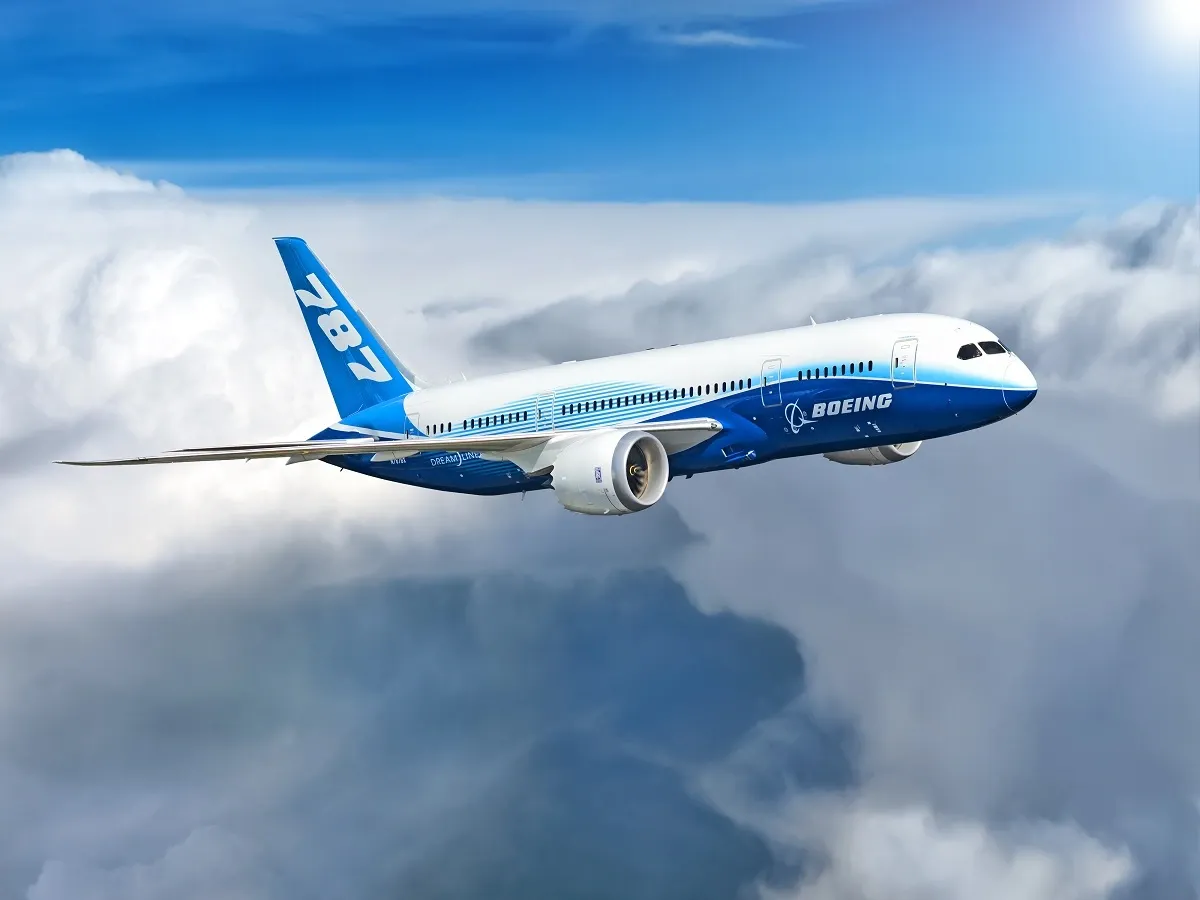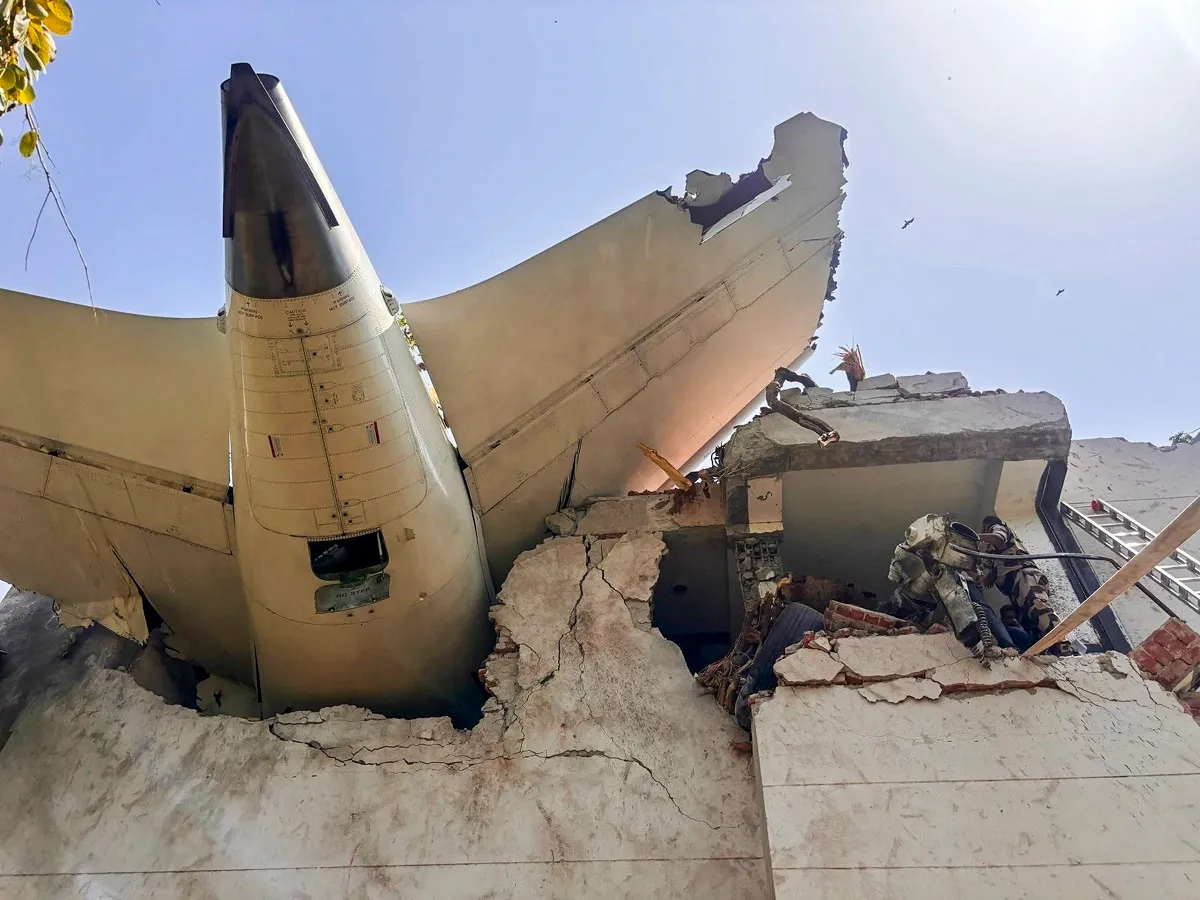Business News
Air India crash: When 10 of 15 Boeing staff said ‘no’ to flying on 787 Dreamliner
.png)
3 min read | Updated on June 13, 2025, 15:57 IST
SUMMARY
The deadly crash of an Air India-operated 787 Dreamliner near Ahmedabad has reignited global safety concerns about Boeing's aircraft manufacturing practices.

Boeing’s Dreamliner fleet, known for its fuel efficiency and composite structure, has carried over 1 billion passengers and unlocked 425 new non-stop routes worldwide. Image: Shutterstock
That “plane of the future” carrying 242 people crashed near the Ahmedabad airport seconds after taking off for London, leaving all but one dead.
The 787 Dreamliner, a mainstay of intercontinental travel, is a widebody, twin-engine plane.
While this is the first crash ever of a Boeing 787 aircraft, it is the latest episode in the troubled history of the American aircraft manufacturer in recent years.
In October 2018, a Boeing 737 Max 8 plunged into the Java Sea off the coast of Indonesia minutes after takeoff from Jakarta, killing all 189 people on board. Five months later, Ethiopian Airlines Flight 302, also operating a Boeing 737 Max 8, crashed shortly after takeoff, killing 157. Investigations later identified a software malfunction, leading to the aircraft being grounded worldwide for over a year.
While the cause of Thursday’s crash in Ahmedabad is still under investigation, an earlier Al Jazeera investigation into the Boeing 787 Dreamliner has resurfaced online, reigniting public concern over the jet’s safety and manufacturing practices.
The documentary, produced by Al Jazeera’s Investigative Unit, highlighted what it described as systemic quality control issues and alleged that safety concerns were routinely ignored or concealed.
A whistleblower from Boeing’s Charleston, South Carolina plant claimed, “With all the problems reported on the 787, there’s 90% that’s getting swept away.”
The worker, speaking anonymously, filmed conversations with colleagues using a concealed camera.
When asked if they would fly on a Dreamliner, 10 out of 15 Boeing employees said they would not.
“I wouldn’t fly on one of these planes,” one worker said on camera. “Because I see the quality of the **** going down around here.”
The same worker also alleged drug use among Boeing employees on the production line, saying he has seen “people talking about doing drugs, looking for drugs.”
“It’s all coke and painkillers,” one man is heard saying. Another said, “There’s people that go out there on lunch and smoke one up.”
Boeing said that its drug testing policies are enforced across all facilities and that any violations are investigated and dealt with appropriately.
A 2010 internal Boeing memo, obtained by Al Jazeera, revealed changes to the company’s quality standards during a period of production delays. One long-serving Boeing engineer claimed the memo showed that basic engineering principles were compromised to meet deadlines.
“They’re short-changing the engineering process to meet a schedule,” the engineer said.
Cynthia Cole, a former president of Boeing’s engineers union, said she avoids flying on the 787. “And seeing this, I would definitely avoid flying on a 787.”
Boeing maintained that all 787 aircraft delivered from its Washington and South Carolina facilities “meet the highest safety and quality standards.”
“While we will not discuss in detail our proprietary production processes, we note that the document itself concludes by saying that the process changes ‘do not signify authorisation to ship or accept parts which do not meet engineering and quality requirements’,” it added.
The Ahmedabad crash now casts a renewed spotlight on Boeing’s production culture and safety record, even as investigators try to find definitive answers.
Related News
By signing up you agree to Upstox’s Terms & Conditions
About The Author
Next Story


